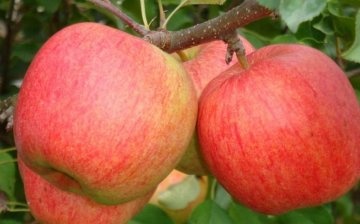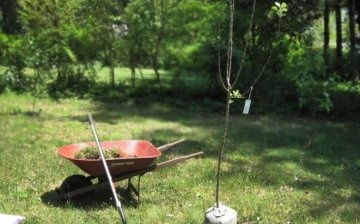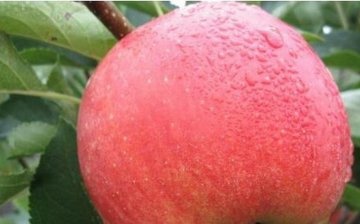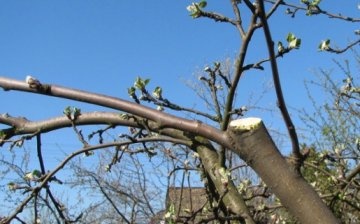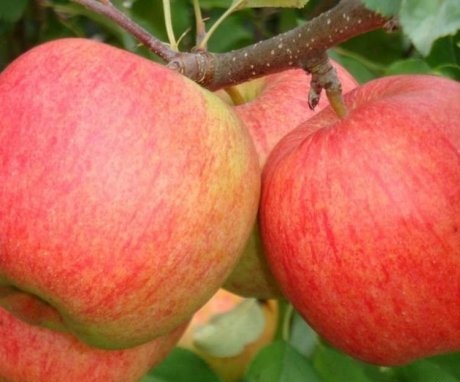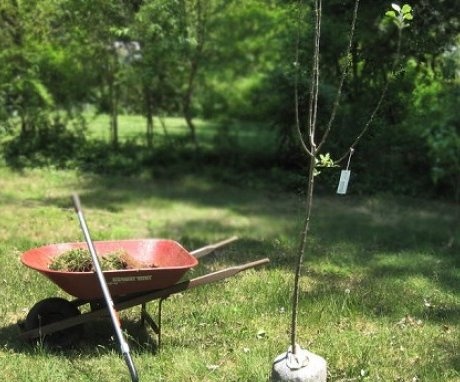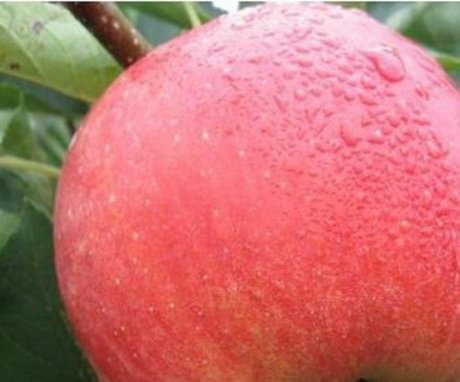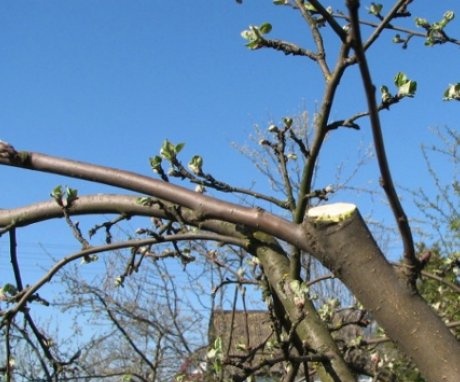Apple tree Champion: description and cultivation in the garden
Annual breeding of different varieties apple trees leads to the fact that gardeners get such types of fruit trees that give high yields, are resistant to some diseases. Sometimes the qualities of the parents of a hybrid are forgotten, because their child has all the advantages, better properties in comparison with the old species.
Gardeners value varieties of apple trees, the fruits of which are distinguished by high taste, optimal size and weight. At the end of the last century, breeders from Czechoslovakia bred the Champion variety by crossing Renet Orange Cox and Golden Delicious. He immediately began to enjoy popularity due to high yields, resistance to diseases - scab, powdery mildew.
Content:
- External features and advantages of the Champion variety
- Planting an apple tree
- Care advice
- Pruning - terms and rules
External features and advantages of the Champion variety
The fruit tree is a dwarf tree with a small oval crown. Weak branches of the apple tree grow slowly. Apples that appeared in the third year of life are formed on fruit twigs, tops of shoots, ringlets, spears. Although the tree blooms profusely, the low viability of the pollen prevents the formation of a large number of fruits. Pollinators of such apple varieties as Priam, Idared, Alkmene, Pilot, growing next to the Champion, help to increase the yield.
The apples of the variety have commercial appeal - they are ruddy, rounded, large in size, they sometimes gain weight up to two hundred grams. The pulp of the fruit of a creamy shade has a juiciness, sweet and sour taste, and a pleasant aroma. The peel of apples is thin, dense. The main color is yellow-green with stripes of red and orange tones.
The main advantages of the Champion variety are its taste, early maturity, and high yield.
After six years of growth, an apple tree can bear up to twenty-five kilograms of fruit. Apples are harvested at the beginning of October, but late harvesting leads to a decrease in the shelf life of the crop. Fruits are used both fresh during the winter, and they are used to prepare jam, jam, juice.
The tree is characterized by an average resistance to powdery mildew, high - to scab. But the apple tree can be threatened by bacterial damage, which leads to a decrease in the yield and the number of healthy fruits. The Champion variety is afraid of severe frosts, which must be taken into account when preparing apple trees for winter. Large beautiful fruits with a pleasant aroma and unusual taste make it look popular and beloved.
Planting an apple tree
For the variety, the choice of planting site is important, because the Champion is afraid of cold northern winds. Also, before planting a tree, you need to make sure that groundwater does not come close to the site. Waterlogged soil will lead to the death of the apple tree.
The best time to plant apple seedlings is in spring, especially in cold climates. The trees planted in April - May tolerate winter well, as they will get stronger over the summer and gain strength. It is better to save the seedlings purchased in the fall until spring by digging them in.
Planting rules for the variety are the same as for other types of apple trees:
- A week before planting, planting pits are prepared up to sixty centimeters deep.
- Together with the removed topsoil, fertilizers and humus are mixed with peat and pits are filled with it. Of the nutrients in the soil, there must be phosphates, wood ash, potassium chloride. It is necessary to refuse nitrogenous fertilizers during the planting period - they will burn root system trees.
- Together with the seedling, a peg is installed in the pit for tying the apple tree.
- Before planting, the roots of the bush must be well spread around the trunk.
- Having filled up the hole, they tamp the root circle, pouring three or four buckets of water into it.
- Mulch with a layer of sawdust or straw, humus or peat.
Adhering to the timing and rules of planting the Champion apple tree will allow her to delight with the first tasty fruits in three years.
Care advice
The generosity of a fruit tree directly depends on good care of it. Watering the apple tree depends on the dryness of the summer. In dry weather, except for five times during the summer, they are additionally watered three weeks before harvest. One apple tree needs about seven buckets of water. Watering is necessary in the grooves drawn by rings around the tree at a distance of a meter from it.
They also add top dressing in liquid form:
- The first is applied after flowering in mid-spring. It consists of ten grams of ammonium nitrate, five grams of potassium salt per bucket of water. Can be replaced with bird droppings mullein.
- In July, add up to twenty grams of superphosphate and ten grams of potassium salt to a bucket of water.
- Every three years, on poor soils, wood ash, mixed with humus in a ratio of 1: 3, must be introduced into previously dug holes one and a half meters from the apple tree.
- Since the Champion variety is afraid of low temperatures, during the spring frosts, smoke heaps are prepared in the garden. Dry material is placed on the bottom, and fresh manure is thrown on top. Under the protection of the smoke, which retains heat, there will be trees at night and in the early morning.
Spraying plants with water or watering the soil will help to avoid exposure to frost. For the winter, apple trees are covered with matting, straw. The competent care of the apple tree is answered with good growth, a high yield, and a pleasant taste of apples.
Pruning - terms and rules
Crown formation, improvement and maintenance of fruiting, protection from old age is considered an important condition for the development of a fruit tree. For this, there is pruning branches. This procedure is performed in the spring before the swelling of the kidneys. There are two ways of pruning - shortening and thinning, which means in the first case, removing part of the branch, in the second - removing the branch completely.
For each tree, choose its own method and degree of pruning.
You should not shorten annual shoots if the apple tree branches strongly. With poorly developed lateral shoots, the growth is cut off by one third of the length. Annual shortening will result in a branching crown with the correct branching position. After four to five years of the life of the apple tree, when it begins to bear fruit, the shortening of the shoots is stopped. Now it will be enough to thin out the crown, removing diseased branches, shoots going inward, hanging, crossing.
By the age of eight, defective branches are removed from the tree, contributing to the thickening of the crown, poorly developed. It is necessary to shorten annual shoots more than half a meter long. The purpose of thinning is the transformation of growth shoots into bearing fruit, preventing the withering away of fruit branches. With a large number of ringlets, the oldest are removed. In apple trees that are not pruned, the fruits become small, and trees do not bear fruit every year. For an apple tree, attention is important throughout life, but you do not need to be too zealous in this.
More information can be found in the video:




